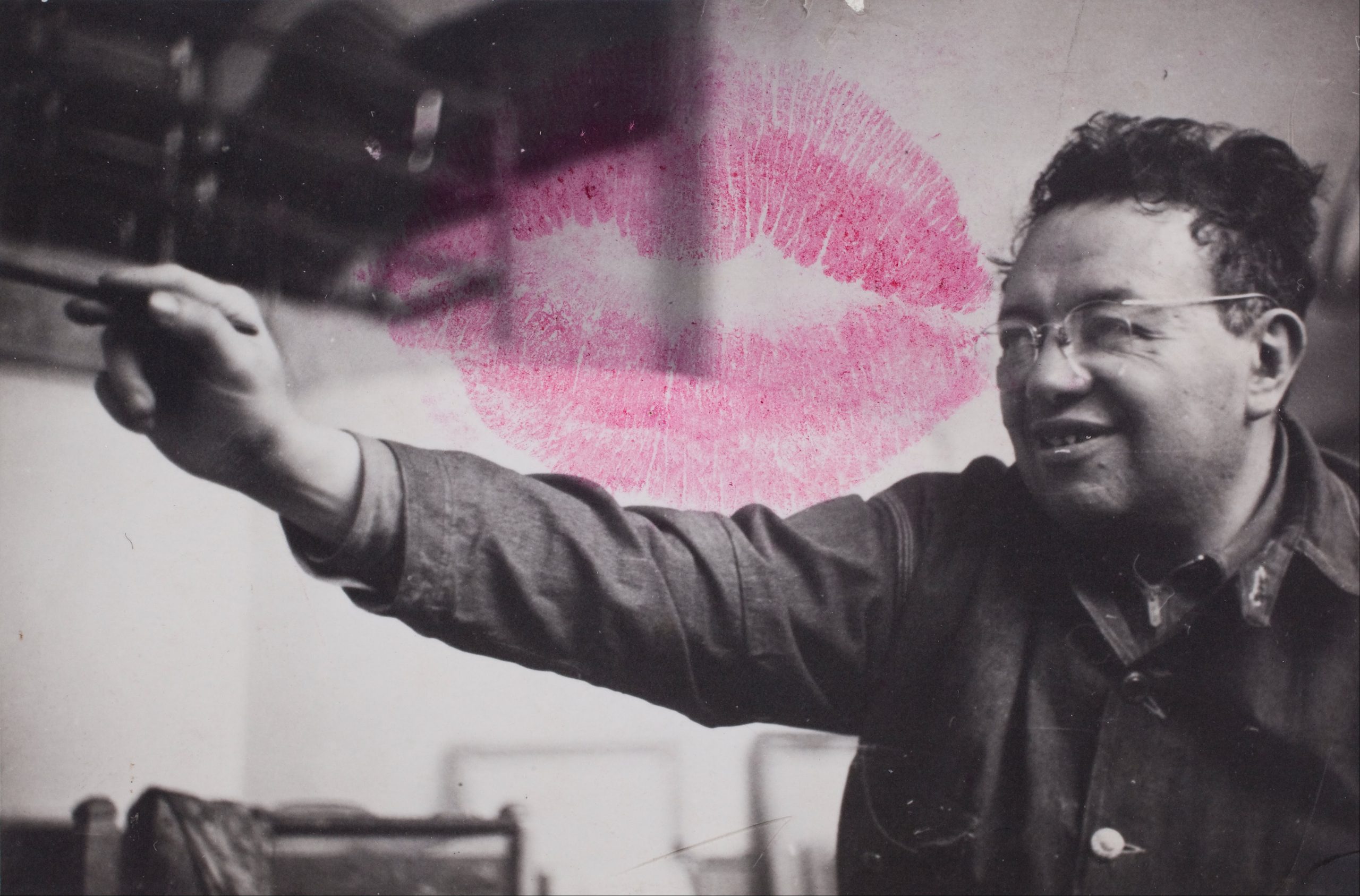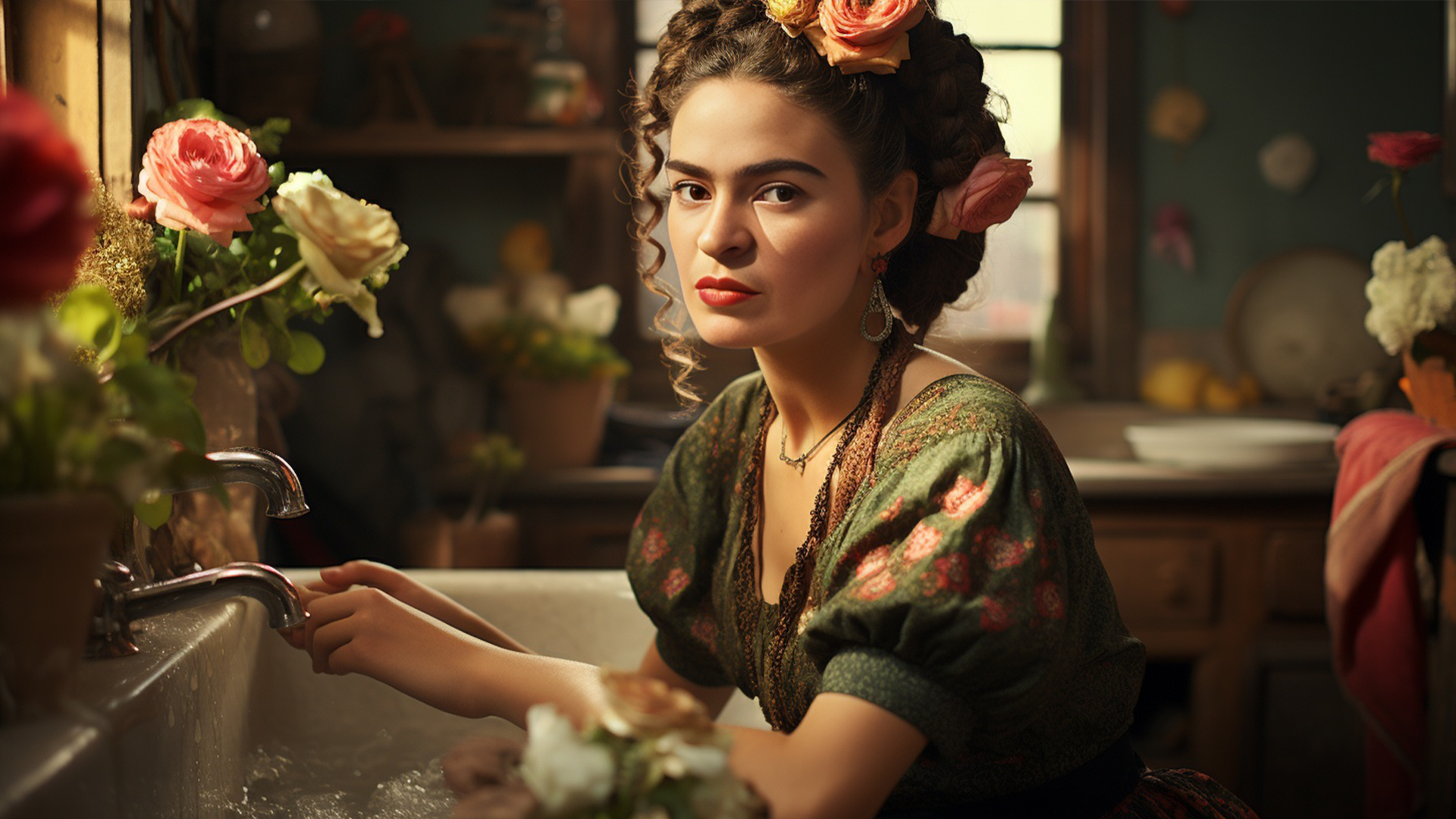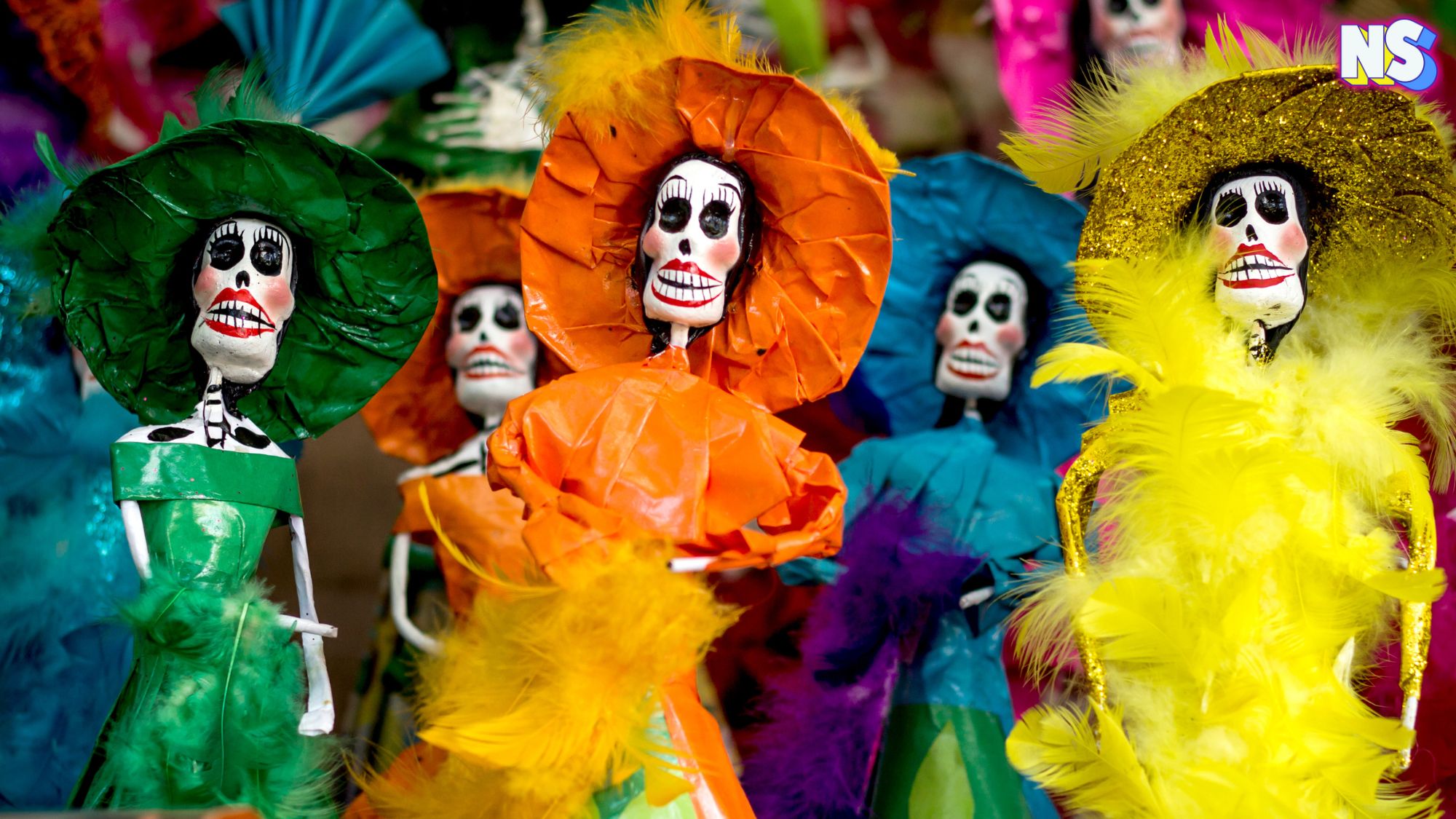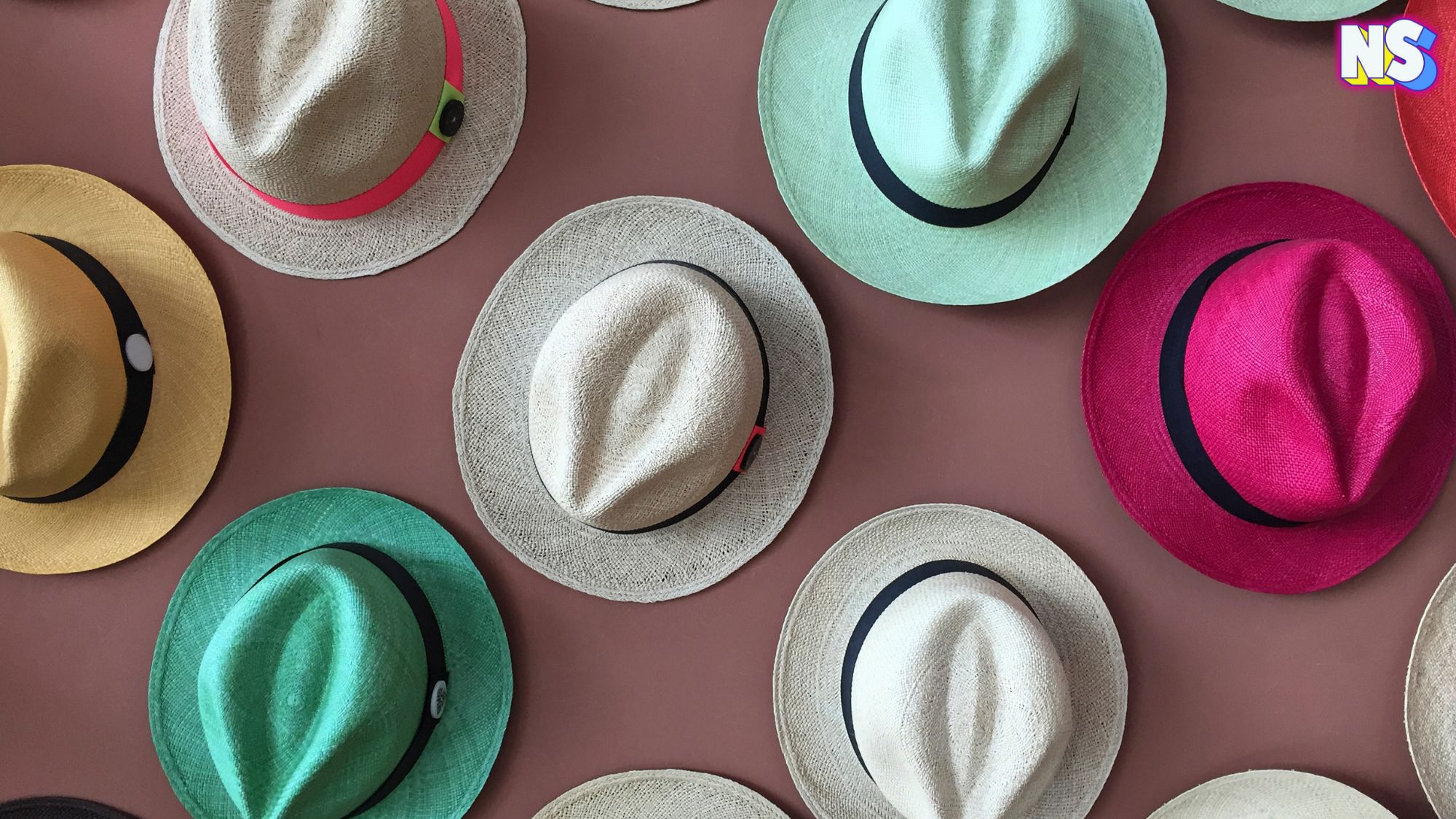In the heart of Mexico City, nestled within the vibrant walls of La Casa Azul, the enigmatic Mexican Artist Frida Kahlo (1907 - 1954) left behind a legacy that transcends time. But no one knew.
Secretly, hundreds of Kahlo's personal belongings were locked up in two bathrooms for five decades after her death. Turns out, her husband put them there.
But why?
The Bathroom Vaults
Why were Kahlo’s treasures hidden from the world?
After Frida’s death in 1954, her husband, the renowned painter Diego Rivera (1886 - 1957), sealed these rooms with a solemn pact: they would remain untouched for at least 15 years after his own passing.
Rivera’s intentions are shrouded in mystery. Some speculate that he feared his wife’s legacy would be politicized during Mexico’s tumultuous times. So, he entrusted his confidante, Dolores Olmedo, with the task of safeguarding the collection.
A Jealous Guardian
Olmedo had her own motives. Some say she was jealous of Kahlo and perhaps resentful of her closeness to Rivera, so she kept the works hidden.
For five decades, the bathroom vaults held Frida’s essence, including her lipstick kiss on a photograph of her husband.
“It’s an amazing revelation about her personal life and motivations,” says Leanne Fitzgibbon, curator at the Bendigo Art Gallery. “The photographs allow you to get up close and personal with Frida Kahlo. I feel like I know her intimately now.”
Yet, Olmedo hid it all. The images unveiling the raw emotions, the pain, and the passion that fueled Kahlo’s creativity. And her dresses, which she once wore against her scarred body, telling stories of resilience and defiance.
“It is likely she did not want to deal with Frida’s memorabilia because it was particularly Frida’s memorabilia,” the director of the Frida Kahlo Museum, Hilda Trujillo, told the Australian Broadcast Corporation.
Rediscovery and Revelation
And so, it was only after Olmedo’s passing that the world glimpsed the intimate universe of Frida Kahlo. Revealing a woman who defied conventions, embraced pain, and painted her truth, the photographs, the dresses, the handwritten letters all emerged from their silent slumber.
“I felt like I met Frida for the first time through her archive,” Museum Curator Circe Henestros told the Los Angeles Times. “Someone who loved perfume, who was very feminine, who enjoyed dressing up, who didn’t let her disabilities define her. She defined herself on her own terms.”
The Unveiling
From the moment the treasures were first uncovered, in 2004, it took four painstaking years to catalog and restore the remarkable collection. Imagine the scene: 6,000 photographs, 300 dresses, and 20,000 personal documents—each whispering secrets of a life lived boldly and unapologetically.
Yet, not everyone saw the value in these worn garments and faded photographs.
Some Casa Azul staff members proposed discarding them, dismissing their significance like forgotten relics.
But it’s said that Kahlo herself had treated these artifacts as living objects, imbued with memories and emotions.
In 2018, the Victoria and Albert Museum (V&A) opened an exhibit “Frida Kahlo: Making Her Self Up,” built around the objects found in one of the bathrooms at the Casa Azul. It included the clothing, jewelry, toiletries and make-up, medicine cabinet, as well as letters and photographs.
“‘Making Her Self Up’ might take Kahlo’s belongings far and away from the Blue House, but its personality remains in all of these objects: pre-Columbian necklaces as customized and strung by Kahlo herself; proudly Tehuanan embroidered blouses and skirts; the hand-painted medical corsets she had to wear to support her spine through her life; tender love letters,” AnOther Magazine wrote about the exhibit.
Lipstick Marks and Wooden Boxes
Before the treasures were displayed to the world, La Casa Azul invited fellow Mexican artist Graciela Iturbide in 2005 to photograph the space and the belongings inside.
So, today, old and new fans of the Mexican artist now wander through the bathrooms' discoveries online, they can witness the photograph still bearing her lipstick marks. 
And then there are the photographs that were carefully cut up to fit into the small compartments of wooden boxes – keepsakes safeguarded in secret. These boxes held fragments of her life: love letters, sketches, and mementos.
The images are available for all to see online, thanks to the Google Arts and Culture project.
This Frida Friday article was inspired by the hidden treasures of Frida Kahlo and the remarkable journey that brought them to light.
Join us every Friday in celebrating the enigma that was Frida Kahlo – a woman who dared to be unapologetically herself.





